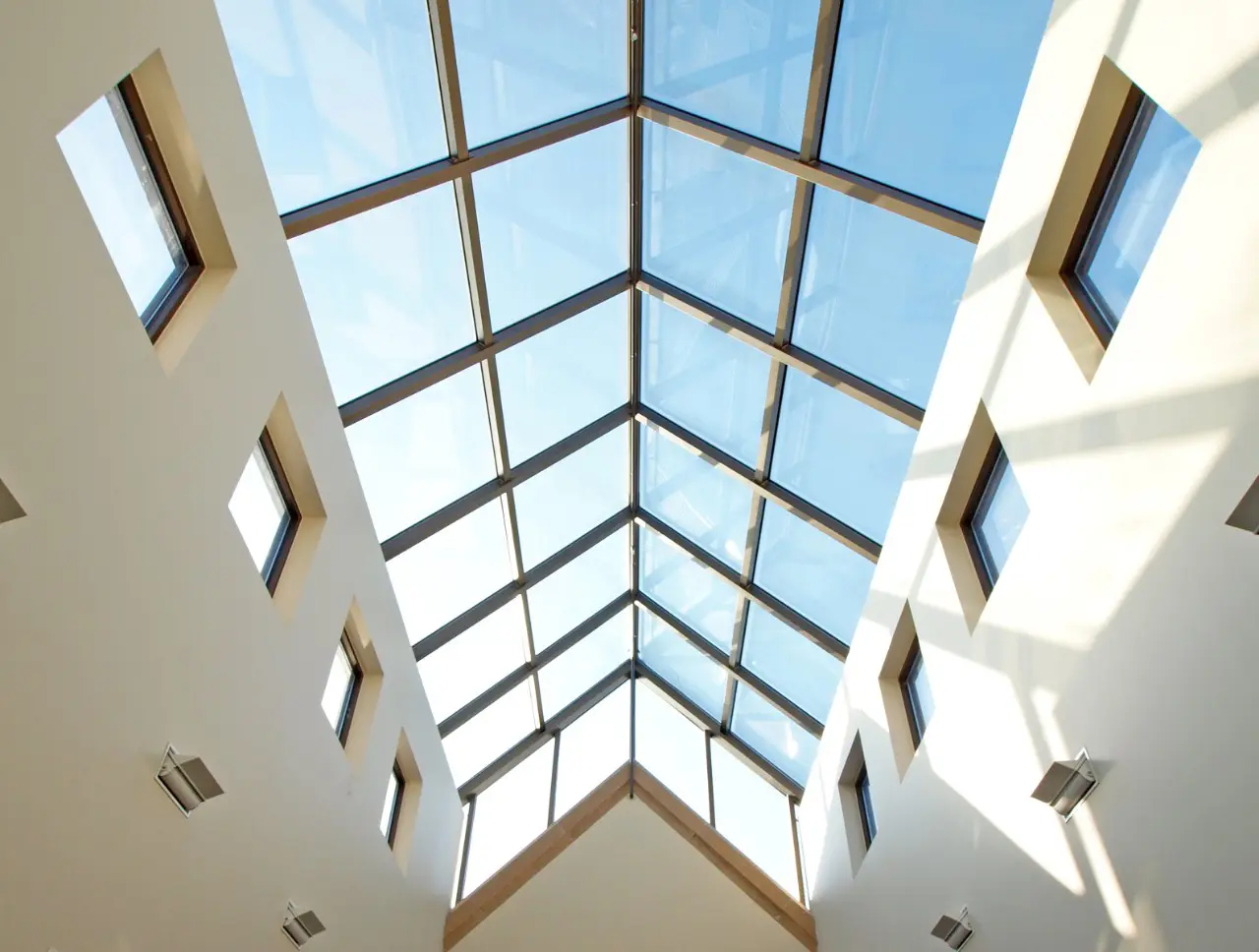
Installing a skylight can be an excellent way to bring more natural light into your home, improve ventilation, and enhance your property’s aesthetics. However, before you embark on this home improvement project, it’s essential to understand whether you need planning permission.
Navigating building regulations and requirements can be daunting, but this comprehensive guide will help you understand when planning permission is necessary and how to ensure your skylight installation complies with local regulations.
What is Planning Permission?
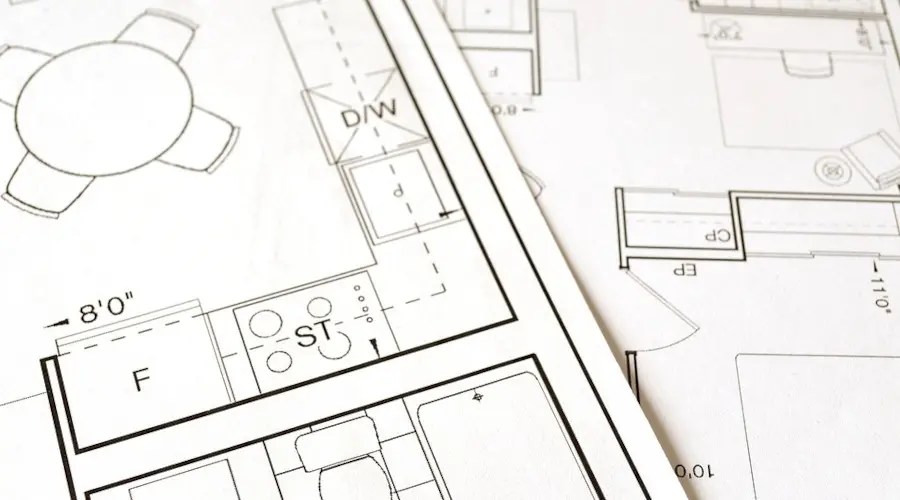
Planning permission is the formal approval from your local authority to carry out certain types of building work, including significant alterations to your property. This process ensures that any changes meet specific standards and regulations, preserving the integrity and appearance of the neighborhood.
When Do You Need Planning Permission for a Skylight?
In many cases, installing a skylight can be done without planning permission, especially if the project falls under permitted development rights. However, certain circumstances and locations may require formal approval. Here are some common scenarios where planning permission might be necessary:
- Listed Buildings
- Description: If your home is a listed building, any alterations, including the installation of a skylight, typically require planning permission. Listed buildings are protected due to their historical or architectural significance.
- Considerations: Ensure your skylight design is sympathetic to the building’s character and seek advice from conservation officers.
- Conservation Areas
- Description: Homes located in conservation areas may have restrictions to preserve the character and appearance of the area. Installing a skylight in such zones often requires planning permission.
- Considerations: Check with your local planning authority to determine if your property is in a conservation area and what specific regulations apply.
- Roof Alterations
- Description: Significant changes to the roof’s shape or height, including the installation of large or multiple skylights, may require planning permission.
- Considerations: The skylight should not project more than 150mm from the existing roof plane. Also, consider the impact on neighboring properties and overall roof aesthetics.
- Flat Roofs
- Description: Installing a skylight on a flat roof may have different requirements compared to pitched roofs. Planning permission might be needed depending on the size and location.
- Considerations: Ensure the skylight does not affect the structural integrity of the flat roof and complies with building regulations.
- Velux Windows and Rooflights
- Description: Velux windows and rooflights are often installed as part of loft conversions or attic renovations. While these are commonly considered permitted development, certain conditions apply.
- Considerations: The window should not protrude significantly from the roof’s surface, and opaque glazing may be required for privacy in some cases.
Permitted Development Rights
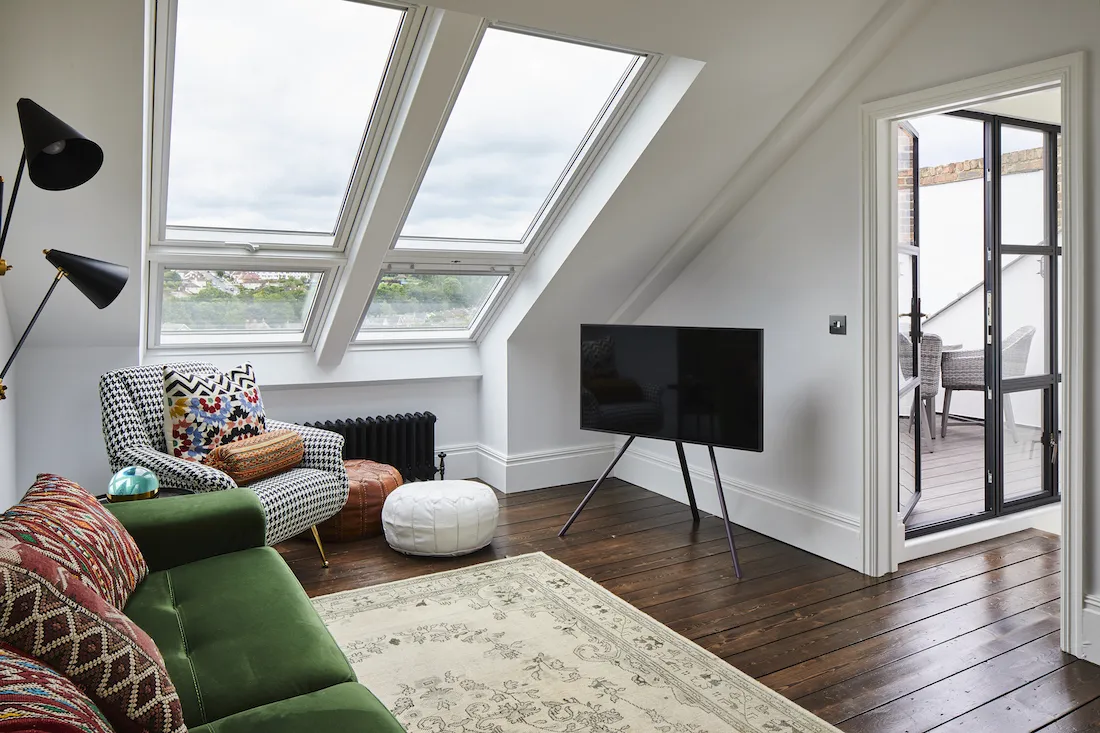
Permitted development rights allow homeowners to carry out certain types of work without needing formal planning permission. Skylights often fall under these rights, but specific criteria must be met:
- Roof Projection
- The skylight should not protrude more than 150mm from the plane of the existing roof slope. This ensures that the installation does not significantly alter the roof’s appearance.
- Height Restrictions
- The skylight must not be higher than the highest part of the roof. This helps maintain the roofline and prevents any excessive changes to the property’s silhouette.
- Conservation Areas and Listed Buildings
- Properties in conservation areas or listed buildings may have restricted permitted development rights. Always check with the local authority before proceeding.
- Side-facing Windows
- If the skylight is installed in a side-facing roof slope, the glass should be obscure-glazed, and any opening must be 1.7 meters above the floor of the room.
Building Regulations for Skylights
Even if planning permission is not required, skylight installations must comply with building regulations. These regulations ensure that the installation is safe, energy-efficient, and weatherproof. Key areas covered by building regulations include:
- Structural Integrity
- The skylight should be installed without compromising the structural integrity of the roof. Proper support and reinforcement may be needed, especially for larger skylights.
- Thermal Performance
- Skylights must meet specific thermal performance standards to prevent heat loss and improve energy efficiency. Double or triple glazing and low-E coatings are common requirements.
- Weatherproofing
- The installation must be weatherproof to prevent water ingress. Proper flashing and sealing are essential to maintain the roof’s integrity and prevent leaks.
- Ventilation
- If the skylight is the primary source of ventilation for a room, it must meet the necessary ventilation requirements. This is particularly important for bathrooms and kitchens.
- Fire Safety
- In some cases, skylights may need to meet fire safety regulations, particularly if they are installed near property boundaries or in multi-story buildings.
Steps to Ensure Compliance
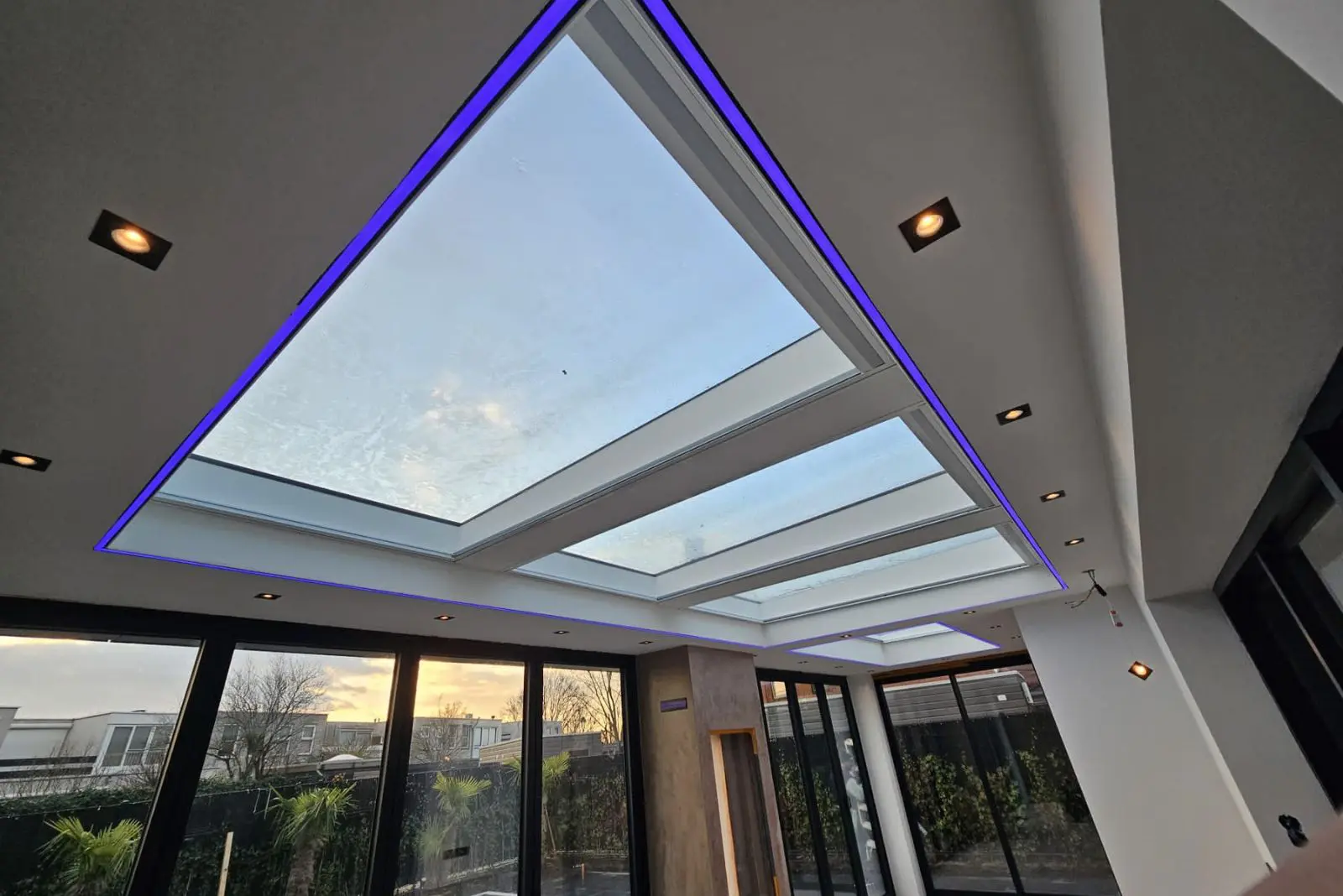
To ensure your skylight installation complies with all necessary regulations and requirements, follow these steps:
- Consult Your Local Planning Authority
- Before starting any work, consult your local planning authority to determine if planning permission is required. They can provide guidance on specific regulations and requirements for your area.
- Hire a Professional Installer
- Hiring a professional skylight installer with experience in meeting building regulations can help ensure a smooth and compliant installation. They can also advise on the best skylight options for your needs.
- Obtain Necessary Approvals
- If planning permission is required, submit the necessary applications and obtain approval before proceeding with the installation. Keep records of all communications and approvals for future reference.
- Follow Manufacturer Guidelines
- Adhere to the manufacturer’s installation guidelines to ensure the skylight is installed correctly and safely. This includes using recommended materials and techniques.
- Regular Inspections
- Conduct regular inspections and maintenance to ensure the skylight remains in good condition and continues to meet building regulations. Address any issues promptly to prevent further complications.
Closing Remarks
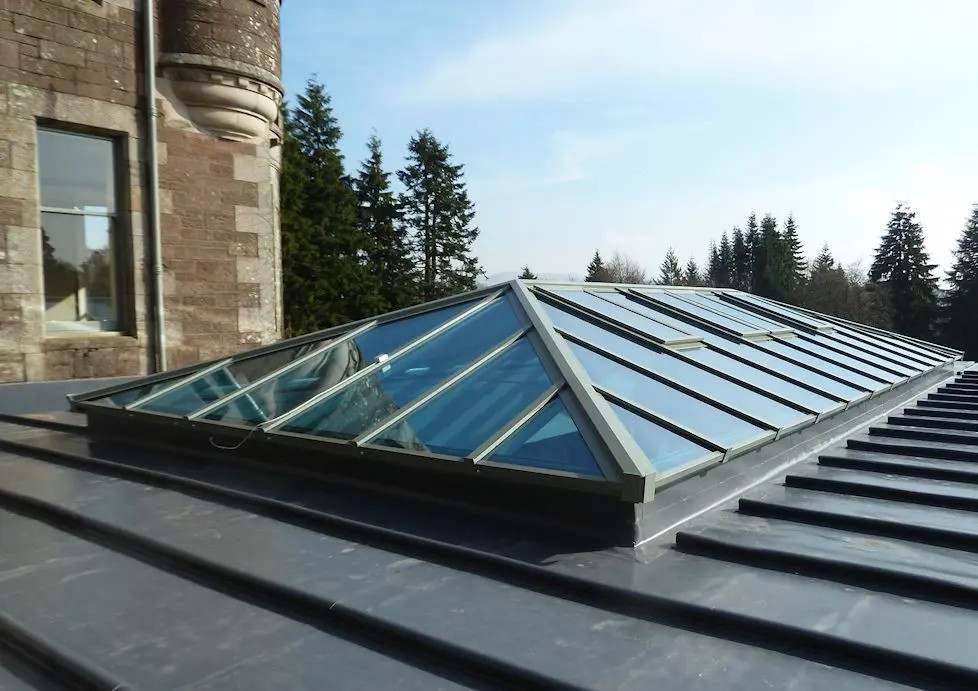
Installing a skylight can significantly enhance your home’s natural light and ventilation, creating a more pleasant living environment. However, understanding and complying with planning permission and building regulations is crucial to ensure a successful installation.
+By familiarizing yourself with the requirements, consulting with local authorities, and hiring professional installers, you can navigate the process with confidence and enjoy the benefits of your new skylight.
Whether you’re upgrading an existing space or planning a new build, taking the time to understand the regulations and requirements for skylight installation will help you avoid potential pitfalls and ensure your project meets all necessary standards. Embrace the opportunity to brighten your home and enhance its value with a well-planned and compliant skylight installation.













